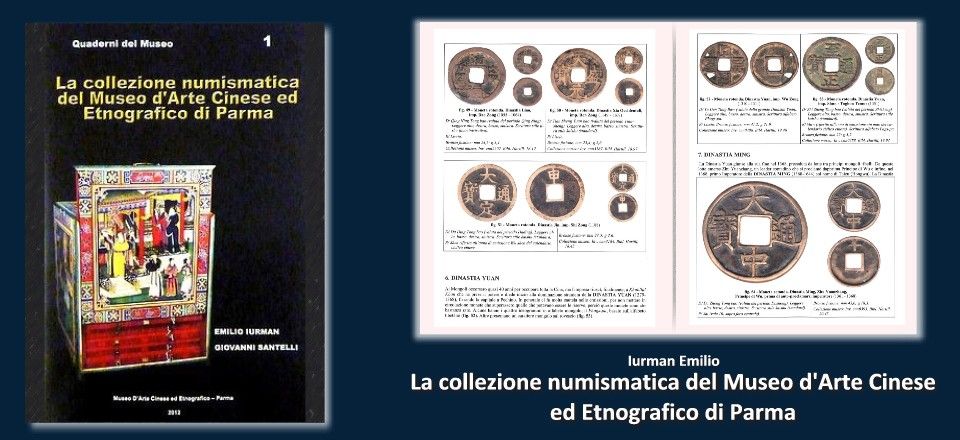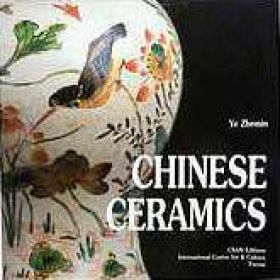La Collezione Numismatica del Museo d'Arte Cinese ed Etnografico di Parma
Emilio Iurman - Giovanni Santelli

This volume presents a collection of Chinese coins, put together by the Xaverian missionaries who worked in China. It contains interesting notes on the making, materials, inscriptions and value, history and explanations.
Since its beginning, Bishop Conforti, founder of the Xaverian missionaries and this museum, desired a numismatic collection put together by the Xaverian missionaries who worked in China (1899-1954).
The Museum, in fact, has a collection of over 5,000 Chinese coins divided into four groups that complement each other and whose name is due to the collectors: the Bonardi Red collection of over 1400 pieces; the Bonardi Blue collection of over 600 pieces; the Rossi-Scalzi collection of over 1300 pieces, and finally the Grazzi collection, with over 5000 pieces. The work of cataloging has allowed us to eliminate worn out or broken coins, as well as duplicates.
All this vast collection was put together in Henan and Shanxi in the period 1904-1942, and the words of Prof. Serafino Ricci attest to rarity and richness of this collection: “It is one of the best existing collections of Chinese coins, because of its rarity, variety, and the richness of the oldest pieces of which it is composed."
The “Rossi Scalzi collection” is exhibited at the Museum, held in an elegant, ingenious, hand-painted wood container built in China.
This volume is divided into 4 sections. First, an introduction to Chinese numismatics, with manufacturing methods, materials, and value of coins. Then, a brief history of the collection, which introduces the third section on dynasties and coins. A fourth section expands on an interesting comparison between East and West on the topic of numismatics.


